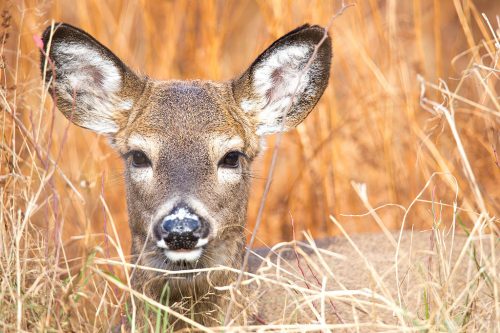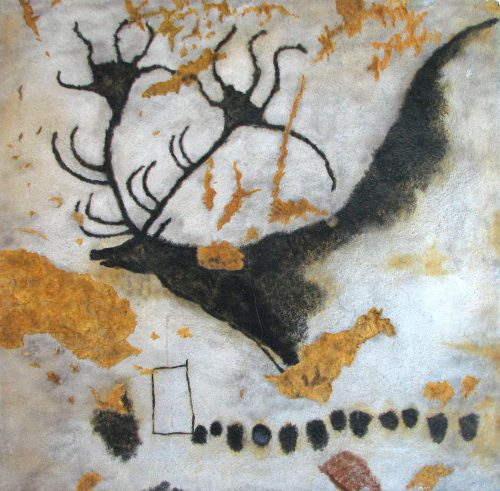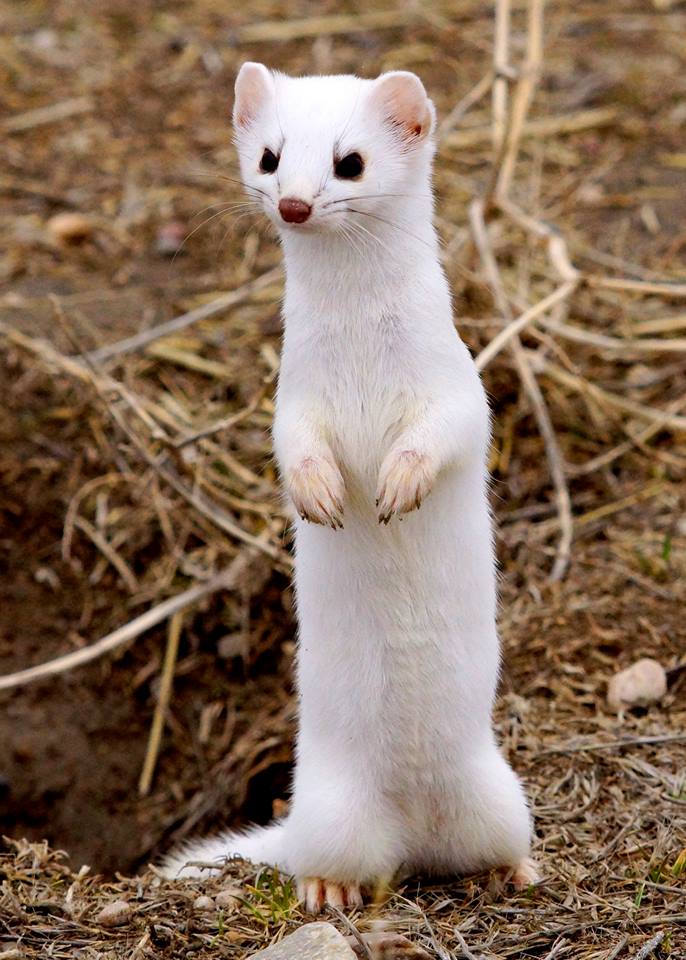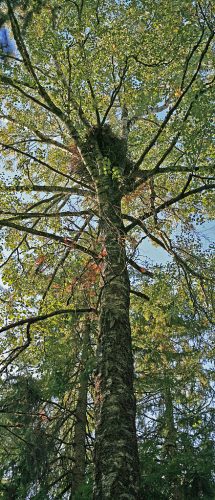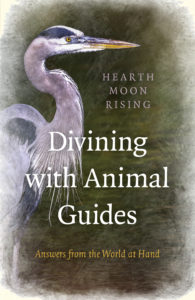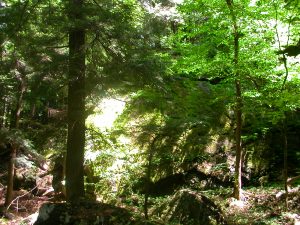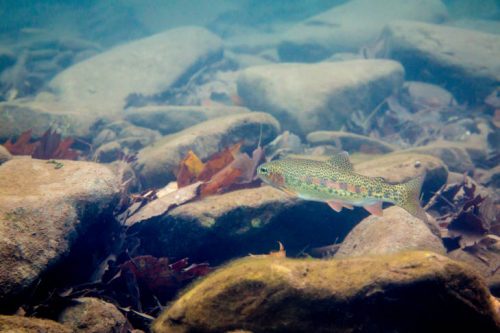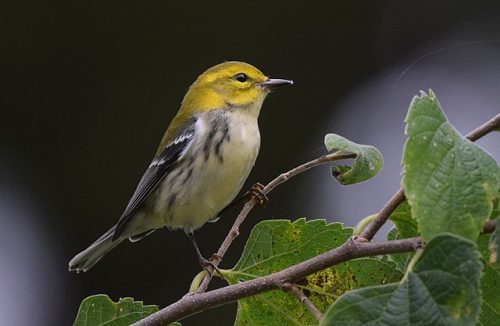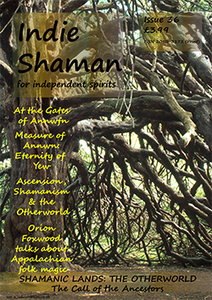Video: Katja Schulz
The Black-Throated Sparrow doesn’t realize she’s in danger.
Pecking between the gravel bits for ants, she knows there are no hawks circling above and no foxes lurking nearby. A snake could be heard gliding along the desert floor in plenty of time to fly away. She is aware of the woman standing a few feet away, but not particularly concerned. When the roadrunner races in, scooping her up without breaking stride, she never knows what happened.
How do Witches and followers of other Euro-shamanic paths interpret animal encounters for which there is no body of culturally specific folklore? Roadrunners are native to the Western Hemisphere and the vast families of sparrows are too diverse to be generalized. The temptation is to plunder indigenous American folklore for direction, but this approach requires caution, as spiritual conceptions among Native American tribes differ widely and may be incompatible with European ones.
An alternative to consulting a book or scouring the Internet for a canned interpretation is to employ a methodological approach. A methodological approach looks at the context in which an encounter occurs as well as the characteristics of the animal herself. Context can be cultural, individual, or environmental. It can apply to a discreet encounter or to a series of encounters. It can be tentative or incomplete, awaiting further encounters for clarification. I call this methodological approach to interpreting animal signs the Universal Approach to Divination.
Applying the Universal Approach to the introductory scenario, we have a predator-prey encounter. Which bird the woman observing the kill identifies with depends on her personality and life situation. Let’s suppose she feels drawn to the roadrunner and has been observing this bird for awhile.
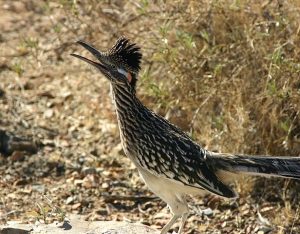
The Greater Roadrunner is a large desert-dwelling bird native to Mexico and the American Southwest, about the size of a raven. She has pronounced tail-feathers and a scruffy crown. She flies infrequently, mainly short distances to access nesting sites or to escape predators. Her preferred mode of transportation is bipedal, and she can run 15 mph or more, faster than a human. The placement of the toes, two in front and two in back, forms an X print that makes it challenging to decipher when tracking which direction the bird was traveling. Encountering roadrunner tracks might signify a confusing upcoming situation where you “don’t know if you’re coming or going.”
The scraggly roadrunner can devour large prey such as rattlesnakes by banging the reptile’s head against a rock. Meeting a roadrunner with a venomous animal in her beak might signify a thorny problem ahead requiring resourcefulness.
Sometimes roadrunners hunt in tandem. Like most birds, roadrunners form long-term monogamous bonds and cooperate in nesting and rearing chicks. Two or more roadrunners together might signify a cooperative endeavor.
Most people are familiar with the roadrunner through the Wile E. Coyote and Roadrunner cartoons, which feature a hapless coyote attempting to prey on a roadrunner who continually outwits him. While in reality a roadrunner is no match for a coyote, in popular culture the roadrunner represents the triumph of the underdog by virtue of ingenuity. The cartoon roadrunner emits a beep-beep sound like a car horn, an allusion to the bird’s name bearing no resemblance to the actual call. The sound a desert wanderer is most likely to hear from a roadrunner is a rapid bill-clicking territorial burst reminiscent of light machinery. The characteristic clicking might be analogous to a car horn telling you, “Heads up! Be alert!”
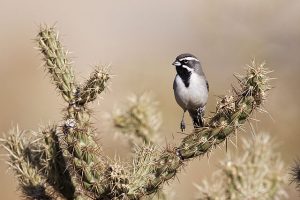
Unless of course the woman identifies with the Black-Throated Sparrow. Then it’s a different bird altogether.
Bill clicking of Greater Roadrunner (Bob DuHamel)

